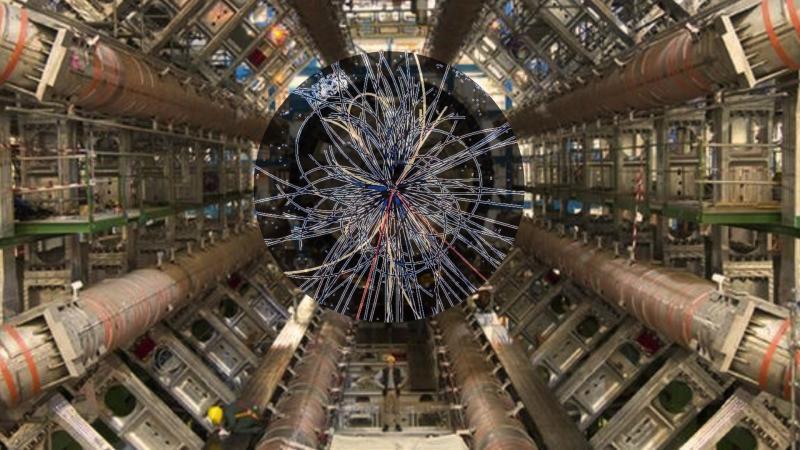
CERN Scientists Shedding Light on Antimatter & Universe’s Origins
The Large Hadron Collider (LHC), located at CERN, has been instrumental in unraveling the mysteries of antimatter. Recently, the ALICE collaboration announced the confirmation of the first evidence of antihyperhelium-4, a significant breakthrough in understanding the fundamental forces of nature. This exotic particle, produced under extreme conditions, sheds light on the balance between matter and antimatter, ultimately providing insights into the early moments of the universe.
The existence of antimatter has long fascinated scientists, as it is the mirror image of matter. While matter is composed of particles like protons, neutrons, and electrons, antimatter is composed of antiparticles with the same mass but opposite charges. The concept of antimatter has been extensively studied in the realm of particle physics, particularly in the context of the Standard Model of particle physics. However, the creation and study of antimatter particles in the laboratory have been a challenging task due to their extremely low abundance.
The ALICE collaboration, a part of the LHC, has been working tirelessly to produce and detect antimatter particles. The recent discovery of antihyperhelium-4 is a significant milestone in this endeavor. Hyperhelium-4, a rare isotope of helium, is a nucleus consisting of two protons and two neutrons. Its antiparticle, antihyperhelium-4, is a mirror image of this nucleus, with two antiprotons and two antineutrons.
The production of antihyperhelium-4 requires extreme conditions, typically found in high-energy collisions. The LHC, with its powerful magnetic fields and high-energy collisions, provides the perfect environment for creating such exotic particles. The ALICE detector, designed to study heavy-ion collisions, is equipped with advanced sensors and tracking systems to detect and identify particles produced in these collisions.
The discovery of antihyperhelium-4 is significant because it provides insights into the fundamental forces of nature. The Standard Model of particle physics describes the behavior of fundamental particles and forces, including electromagnetism, the strong nuclear force, and the weak nuclear force. However, the model is incomplete, and the discovery of antihyperhelium-4 may help shed light on the missing piece of the puzzle.
One of the key aspects of antimatter is its ability to provide insights into the balance between matter and antimatter. The universe is comprised of vast amounts of matter, while antimatter is relatively rare. The reasons behind this imbalance are still unknown, and the study of antimatter may help uncover the answers.
The ALICE collaboration’s discovery of antihyperhelium-4 is a significant step forward in understanding the properties of antimatter. The study of this exotic particle may help scientists better comprehend the fundamental forces of nature and the balance between matter and antimatter.
Furthermore, the discovery of antihyperhelium-4 may have implications for our understanding of the early universe. The universe is believed to have begun as a singularity, with all matter and energy condensed into a single point. The Big Bang theory suggests that this singularity expanded rapidly, and the universe began to cool and form subatomic particles.
The study of antimatter may provide insights into the early moments of the universe, when the fundamental forces of nature were still shaping the cosmos. The discovery of antihyperhelium-4 may help scientists better understand the balance between matter and antimatter during this period, ultimately providing a deeper understanding of the universe’s origins.
In conclusion, the ALICE collaboration’s discovery of antihyperhelium-4 is a significant breakthrough in the study of antimatter. The production of this exotic particle under extreme conditions provides insights into the fundamental forces of nature and the balance between matter and antimatter. As scientists continue to study antimatter, they may uncover new secrets of the universe, ultimately shedding light on its origins.
News Source:
https://researchmatters.in/news/exotic-antimatter-spotted-heavy-ion-collisions-lhc






